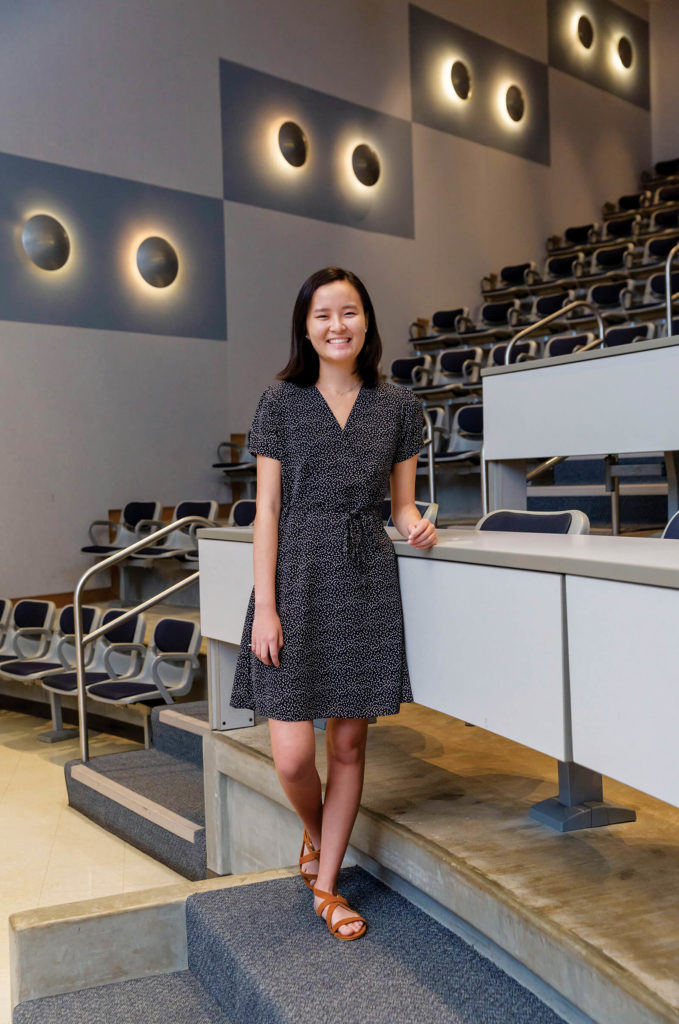By Rachel Breitweser ’03

Stephanie Yoshida’s ’21 interest in astronomy dates back to nights she spent as a young girl looking through a telescope in the backyard with her father, a staff scientist at the University of Hawai‘i at Ma¯noa. “The universe is so big, and we don’t know much about it at all,” she says. “Just finding out what’s out there, figuring out how our Earth got here in the first place, figuring out if there is a possibility of a new Earth, it’s just very exciting.”
After years of pursuing personal astronomical projects, the Punahou junior has discovered a rare double star system – officially named EPIC251248385. She accomplished this by analyzing data harvested from the now-retired Kepler space telescope and ones on Haleakala¯ and in Chile.
Her discovery is the culmination of a two-year independent project within the Institute for Astronomy at UH. The system she found is comprised of two white dwarfs – dense planet-sized stars that have collapsed in their final stages of life. These types of stars give scientists insight into Earth’s future, five billion years from now, when our sun also becomes a white dwarf.
Her cutting-edge research, published in the Research Notes of the American Astronomical Society, has earned both national and international recognition and awards, including winning second place in the physics and astronomy category at the Intel International Science and Engineering Fair, the world’s largest international pre-college science competition. Students are selected among millions of candidates who have demonstrated knowledge of science and engineering.
“The most exciting part is that she has discovered something that was previously unknown,” says Dan Gaudiano, head of the Academy science department. “She has acquired fundamental new information about the universe, and we now have a better understanding of these types of star systems because of it.”
According to Gaudiano, Yoshida’s natural sense of curiosity, analytical mind and a comfort with complexity enable her to excel in her research. It’s also the potential to discover the unknown that drives Yoshida.
Despite her latest accomplishment, Yoshida’s biggest discovery could be yet to come, as she did not originally set out to discover a star system. Her goal was to find a planet orbiting a white dwarf star. If found, it could mean that Earth would survive the aging of our sun.
So far, no white dwarf exoplanets, as they are called, have been found. Yet with Yoshida among the ranks of astronomers across the world combing through multitudes of star chart data, one might soon be uncovered.
“It would be great to have discovered something innovative for mankind, but as long as I did good research, and contributed even a little to the human race, that’s all I want,” Yoshida says. “I just want to make a difference in the world.”
Related Articles
Jon Yap ’99: A Reimagined Future
